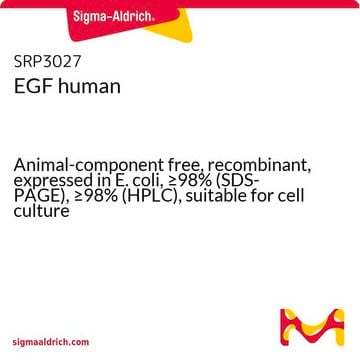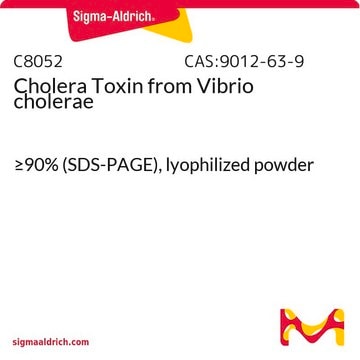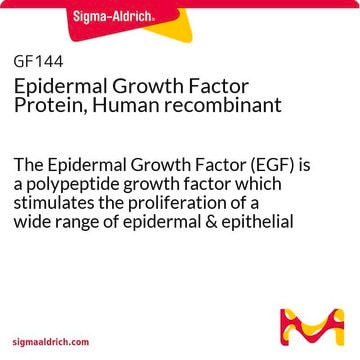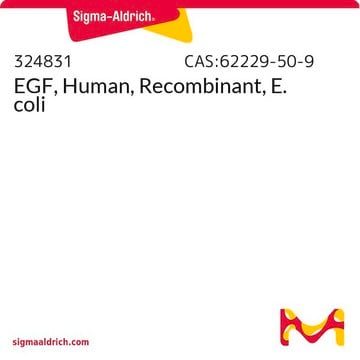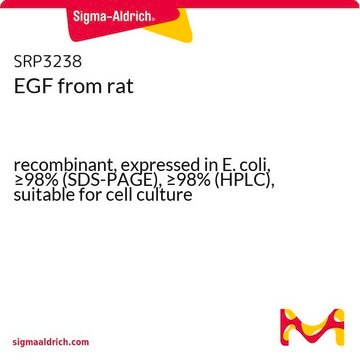This product has not been validated for rat cell line application. Nevertheless, it appears to work well with rat cell lines based on the following citations, which may be useful as references:
Biomed Mater. 2012 Aug;7(4):045013. Random/aligned electrospun PCL/PCL-collagen nanofibrous membranes: comparison of neural differentiation of rat AdMSCs and BMSCs PMID: 22652636 [Link to PubMed article]
Neural Regen Res. 2013 Dec 25; 8(36): 3365–3372. Rat hair follicle stem cells differentiate and promote recovery following spinal cord injury PMID: 25206658 [Link to PubMed Central article]

